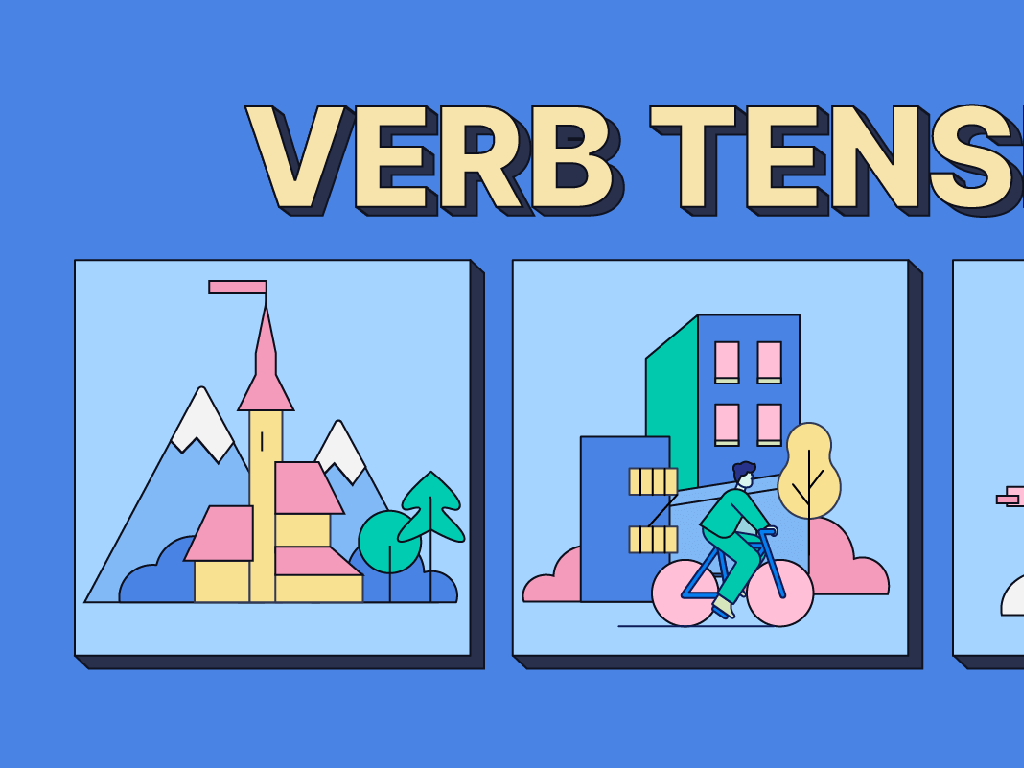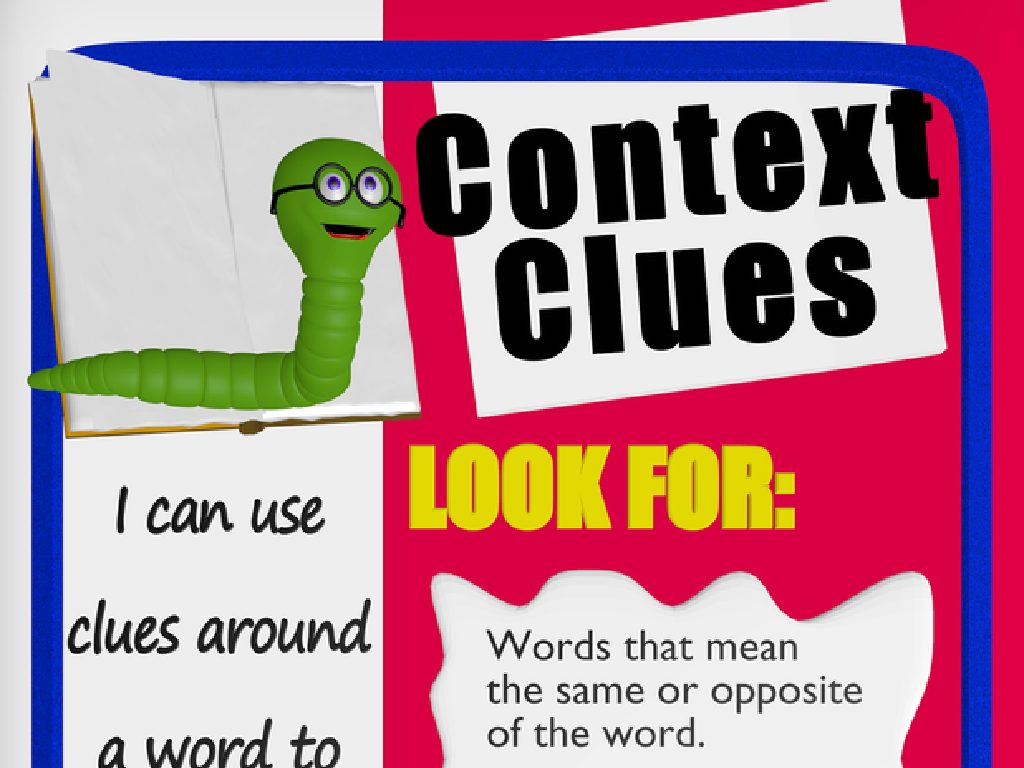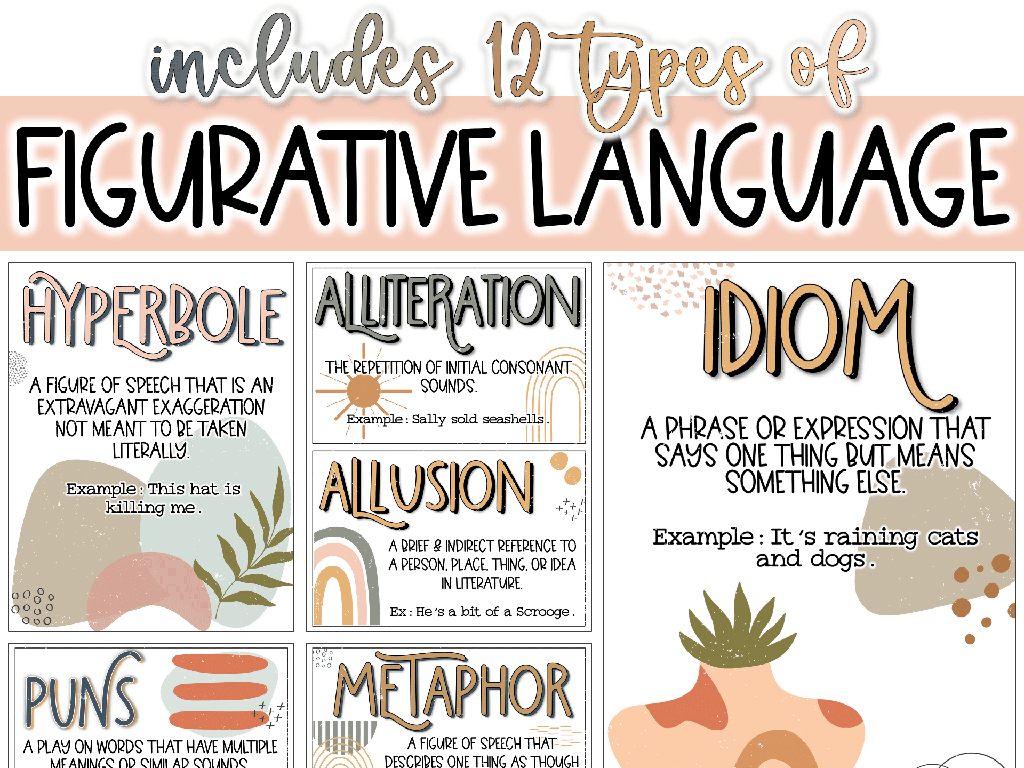Source Analysis: The Boston Massacre
Subject: Social studies
Grade: Seventh grade
Topic: The American Revolution
Please LOG IN to download the presentation. Access is available to registered users only.
View More Content
Exploring the Boston Massacre
– Roots of the American Revolution
– The Boston Massacre overview
– A conflict on March 5, 1770, between colonists and British soldiers
– Analyzing historical sources
– Examine evidence like images, accounts to understand events
– Critical thinking in history
– Ask questions about reliability and perspective of sources
|
This slide introduces students to the American Revolution, with a focus on the Boston Massacre as a pivotal event. Begin by discussing the factors that led to the revolution, setting the stage for understanding the significance of the Boston Massacre. Provide an overview of the event, highlighting the clash between colonists and British troops. Teach students how to analyze historical sources by looking at different types of evidence, such as images, newspaper accounts, and personal diaries. Encourage them to think critically about the reliability of these sources and to consider the perspectives of the people involved. This will help them develop a deeper understanding of the event and its role in American history.
Understanding the Boston Massacre
– Incident date: March 5, 1770
– British soldiers fired on civilians
– Five colonists were killed, sparking outrage
– Deaths and public response
– The event was used as propaganda by revolutionaries
– A catalyst for the Revolution
– It intensified anti-British sentiment and united the colonies
|
The Boston Massacre was a significant event in American history that occurred on March 5, 1770, when British soldiers opened fire on a crowd of American colonists, killing five men. This incident fueled widespread indignation among the colonists and was used by revolutionary leaders as a rallying point against British rule. The event was depicted in sensationalized and sometimes inaccurate ways to promote the cause of independence, serving as a catalyst that helped to unite the colonies and eventually led to the American Revolution. In the next class, students will analyze different sources related to the Boston Massacre to understand how it was represented and why it was so pivotal in the revolutionary narrative.
Different Perspectives on the Boston Massacre
– Understanding historical bias
– Bias affects how events are recorded and interpreted.
– Loyalist vs Patriot views
– Loyalists supported the King, Patriots sought independence.
– Context’s role in history
– Context includes the time, place, and prevailing attitudes.
– Analyzing the Boston Massacre
|
This slide aims to teach students about the concept of bias in historical accounts, specifically relating to the Boston Massacre. It’s crucial for students to recognize that history is often written from a particular perspective, which can influence how events are described and understood. By comparing the differing viewpoints of Loyalists and Patriots, students will see how political beliefs can shape interpretations of events. Understanding the context in which the Boston Massacre occurred will help students grasp why it was a pivotal event in American history. Encourage students to think critically about the sources they read and to consider the author’s perspective and purpose. Activities can include analyzing primary source accounts from both Loyalists and Patriots, discussing how the event might be viewed differently today, and considering how the Boston Massacre contributed to the escalation of the American Revolution.
Analyzing Primary Sources: The Boston Massacre
– Understanding primary sources
– Original materials from the time of an event
– Examples: Revere’s engraving
– Paul Revere’s famous engraving, period newspapers, and firsthand testimonies
– Assessing source credibility
– Consider the creator’s perspective and purpose
– Recognizing bias in sources
– Bias can shape how historical events are recorded and perceived
|
This slide introduces students to the concept of primary sources, which are original documents or physical objects created at the time historical events occurred. Examples specific to the Boston Massacre include Paul Revere’s engraving, which can be analyzed for its portrayal of the event, newspaper articles from the period, and eyewitness accounts. Students should learn to evaluate the credibility of these sources by considering who created them, why they were created, and whether the creator had a bias. Understanding bias is crucial, as it can influence the reliability of the source and the student’s interpretation of the event. Encourage students to question the motives behind each source and to compare multiple accounts to gain a well-rounded understanding of the Boston Massacre.
Analyzing Paul Revere’s Engraving
– Examine engraving as a primary source
– Primary sources like this engraving offer direct insights into historical events.
– Portrayal of British soldiers vs. colonists
– British are depicted as aggressors; colonists as victims.
– Recognize propaganda impact
– Propaganda aims to influence public perception.
– Discuss engraving’s effect on public opinion
– This image swayed many colonists’ views against the British.
|
Paul Revere’s engraving is a key primary source that provides a perspective on the Boston Massacre. It’s important for students to analyze the bias present in the depiction of British soldiers as aggressors and colonists as innocent victims. This piece of propaganda played a significant role in shaping public opinion and escalating tensions leading up to the American Revolution. Encourage students to think critically about the source and discuss how imagery can be used to manipulate public sentiment. Have them consider the power of visual media in historical and modern contexts.
Eyewitness Accounts of the Boston Massacre
– Read various eyewitness accounts
– Compare differing account details
– Why do some stories differ? Consider perspective.
– Discuss influence of personal bias
– Personal experiences can shape how events are recalled and reported.
– Understand memory’s role in history
– Memory can be selective or influenced, affecting historical records.
|
This slide aims to engage students in critical thinking about the reliability of historical sources, specifically eyewitness accounts of the Boston Massacre. Students will read and compare different accounts, noting discrepancies and considering how each person’s unique perspective and experiences might have influenced their recollection of the event. The discussion will also cover the role of memory and its limitations in the documentation of history. Encourage students to think about why different people might remember the same event differently and the implications this has for understanding historical events. This activity will help students grasp the complexities of historical interpretation and the importance of considering multiple perspectives when studying the past.
The Role of Newspapers in the Boston Massacre
– Newspapers’ portrayal of the Massacre
– How did different newspapers describe the event?
– Comparing Boston vs. London reports
– Notice the tone and word choice differences.
– Media’s impact on public views
– How did reports shape colonists’ attitudes?
– Critical analysis of bias
|
This slide aims to explore the significant role newspapers played in shaping public opinion about the Boston Massacre. Students will examine how the event was reported differently in Boston and London, understanding the concept of bias and the power of the media in influencing societal views. Encourage students to think critically about the language used in the reports and how that might sway public sentiment. Discuss the importance of analyzing multiple sources to get a more balanced view of historical events. This will help students grasp the early stirrings of American independence and the impact of media on the revolution.
Class Activity: Analyzing Perspectives on the Boston Massacre
– Break into groups for source analysis
– Each group analyzes a different source
– Present findings on source perspective
– What does the source convey about the event?
– Discuss how perspectives shape understanding
– How do different stories affect our view?
|
This activity is designed to engage students in critical thinking about historical events through source analysis. Divide the class into small groups and assign each a different source related to the Boston Massacre, such as a newspaper article, a diary entry, a painting, or a political cartoon. Each group will examine their source to understand the creator’s perspective and the message they intended to convey about the event. After the analysis, groups will present their findings, focusing on how their source portrays the Boston Massacre. Conclude with a class discussion on how these varying perspectives can influence our understanding of historical events. Encourage students to consider bias, audience, and purpose of each source. Possible activities include role-playing different historical figures, creating a timeline with different narratives, or writing a reflective piece from a chosen perspective.
Reflecting on the Boston Massacre
– Recap source analysis value
– Boston Massacre’s impact
– The event fueled revolutionary sentiments and propaganda.
– History shaped by sources
– Different narratives may alter our understanding of history.
– Reflect on personal insights
|
This slide aims to consolidate the students’ understanding of the importance of source analysis in studying historical events like the Boston Massacre. Emphasize how the Boston Massacre acted as a catalyst for the American Revolution, influencing public opinion and escalating tensions between the colonists and the British. Discuss how history can be interpreted in various ways depending on the sources we have and the perspectives we consider. Encourage students to think critically about how their perception of the Boston Massacre might change with different accounts and to reflect on what they have learned about the role of source analysis in shaping historical narratives.






